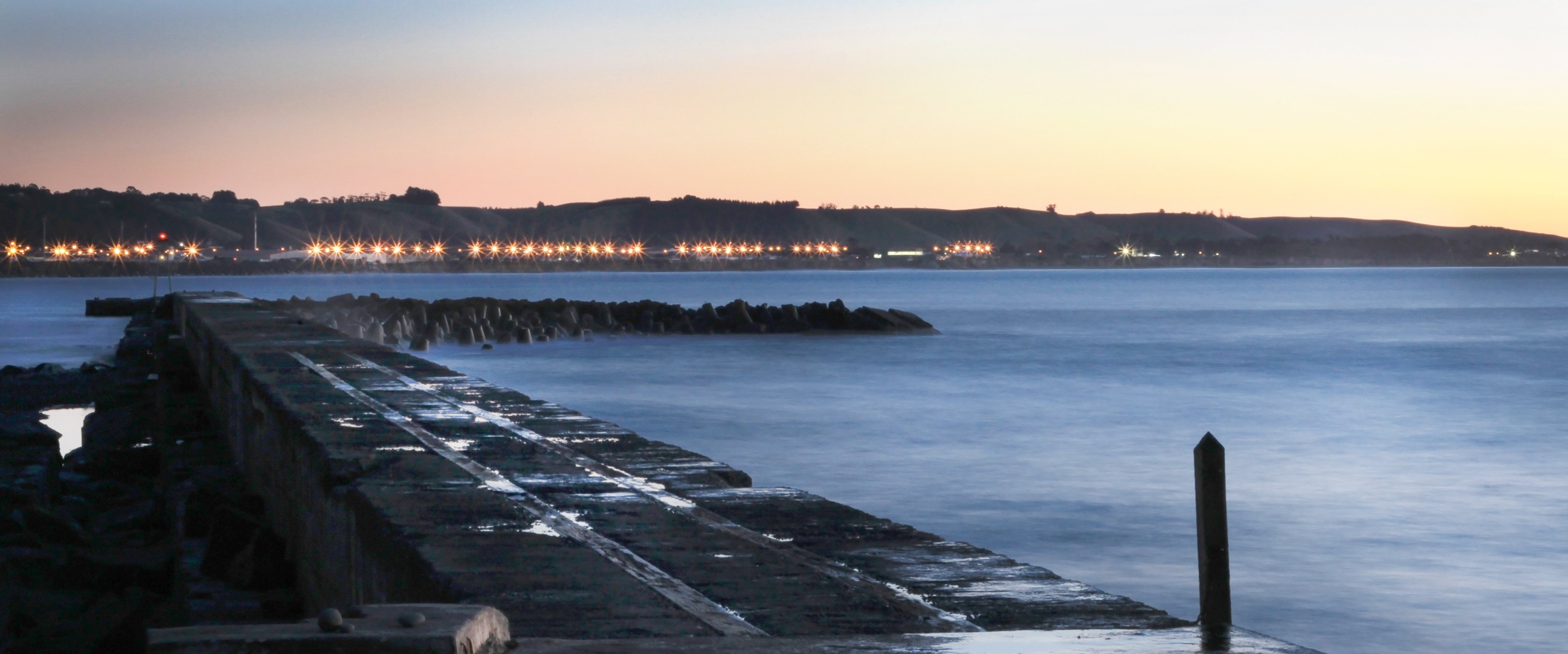
The National Institute of Water and Atmospheric Research (Niwa) yesterday released a report into last month's climate figures which showed a nationwide average temperature of 9.6degC, which was 1.7degC above the 1981-2010 July average.
This makes it the second-warmest July on record, second only to 1998.
The mild days were felt in the South. Queenstown observed 16 days over 10degC, more than double its average of 7 for the month.
Dunedin and Ranfurly both had their hottest July days on record on July 3, with 20.3degC and 17.6degC respectively.
Ranfurly's records go back to 1897, while Dunedin's date to 1947.
Niwa meteorologist Maria Augutis said the warm temperatures were from combination of a lack of southerlies and warmer than average coastal waters.
The country experienced temperatures near or above average for an "extended period of time''.
Globally, an El Nino weather pattern led to "unusual mid-winter warmth''.
For the next three months Niwa forecast temperatures were likely to be average and above average.
"But those are trends - it doesn't mean we won't have cold snaps or cold spells.''
Dunedin had its highest mean minimum so far with 5degC, 1.9degC higher than normal, and its second-highest mean air temperature with 8.4degC.
Other areas which had their second-highest mean air temperatures included Wanaka with 6.2degC, Ranfurly with 4.8degC, Oamaru 8.0degC, Queenstown 6.3degC, Cromwell 5.6degC, Lauder 5.2degC and Nugget Point 7.8degC.
Clyde also had the country's lowest temperature for July, with -6.2degC on July 7.












